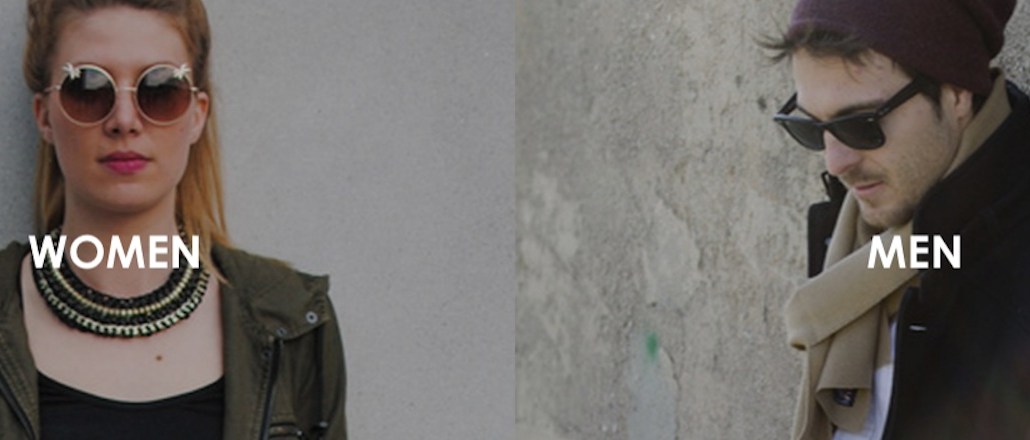Connect with execs from The New York Times, TIME, Dotdash Meredith and many more

Thinking outside the box in the search for revenue streams beyond traditional advertising has become the new normal for publishers — and Time Inc. has placed its latest bet on fashion ecommerce.
The magazine publisher Time Inc., home to titles including Marie Claire, Time, and NME, revealed its investment in U.K. fashion image recognition technology company Snap Fashion this week, a business founded in 2011 by computer science graduate Jenny Griffiths. Although it wouldn’t reveal the size of the investment it will be enough to quadruple its staff count to 30 people by the end of next year, according to Time Inc.’s U.K. digital director Neil Robinson.
Snap Fashion is a London-based website and series of apps designed to let people upload images of clothing items. Its software then mines a database of more than 250 retailers to find a store that has the item. The aim is for it to help Time Inc monetize the swathes of image galleries it has across its titles, building in shoppable items targeting the coveted 18- to 34-year-old millennial demographic.
It will initially focus on rolling out to Time Inc.’s U.K. portfolio in the coming months, before extending the technology to its US titles further down the line.
Time joins a line of other publishers including Gawker, Condé Nast and — perhaps the biggest success story in this area — the Daily Mail with Femail Fashion Finder, which lets readers buy clothes and accessories inspired by their favorite celebrities’ outfits was rolled out in the U.S earlier this year. It has reportedly driven £800,000 ($1.2 million) in monthly sales directly to retailers, with the Mail taking a small commission from each sale. Time Inc. is likely to mirror this though it has yet to divulge any details.
Time Inc.’s investment in Snap Fashion marks the latest in a string of investments the publisher has made to reduce its reliance on traditional advertising. It acquired three youth-focused digital sports companies and an events business earlier this year for undisclosed sums.

Although its print revenue across its U.S. and U.K. titles continue to decline, its digital revenue remains strong, accounting for 20 percent of its overall advertising revenue. It reported that digital advertising increased by $1 million in the first quarter of 2015 — up from $73 million in the quarter of the previous year.
Time Inc. U.K. plans to extend Snap Fashion’s technology to its own advertising packages and it is currently in talks with clients over potential ways to use the technology for branded content partnerships.
“We already trialled the technology across our titles before investing so we know the conversion rates are good,” said Robinson. “In the next six months there will be some interesting advertising opportunities that we will be able to pull together now that we have access to this technology. We are already having conversations with our marketing partners and we will announce the details in good time.”
He also stressed that it is not just the technology Time Inc will look to draw from, but the expertise of Griffiths herself regarding the radically changing retail landscape. “We are genuinely interested in the way she sees the world and how she sees things changing in retail and it’s a really important facet to have that diversified view.”
More in Media

Three publishers’ workforce diversity reports show DEI efforts remain sluggish
Overall, staff diversity at The New York Times, Hearst and Condé Nast has either marginally improved or stalled in 2024, according to their annual workforce diversity data this year.

Retail media meets publishing: News UK, Future and Ocado tap clean room tech for smarter data targeting
News UK, The Independent, Immediate Media and Future are teaming up with retail media network Ocado to test clean room-powered data matching.

From sidelines to spotlight: Esports events are putting creators center stage
Esports events’ embrace of content creators reflects advertisers’ changing priorities across both gaming and the wider culture. In the past, marketers viewed esports as one of the best ways to reach gamers. In 2025, brands are instead prioritizing creators in their outreach to audiences across demographics and interest areas, including gaming.





